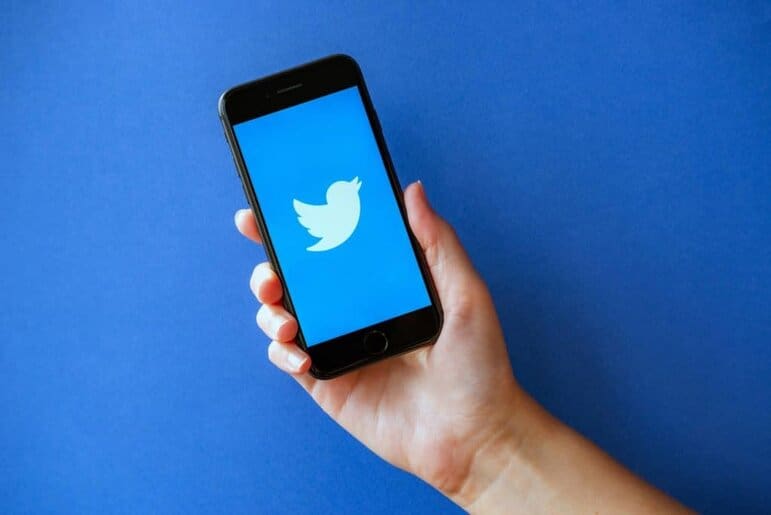Twitter confirmed that it will no longer support its third-party clients. The news was revealed in an updated developer agreement that was spotted by Engadget.

Quick Facts
- Twitter has effectively banned all third-party apps like Tweetbot, Twitterrific, Aviary, Echofon, Birdie, and others
- According to a new clause, developers are unable to “create a substitute or similar service or product to the Twitter Applications.”
- These third-party apps lost access to Twitter’s API last Thursday without any prior warning or announcement by the company
Until Tuesday, Twitter kept quiet about the ongoing developments within its API and it finally left a cryptic message stating that the platform is “enforcing its long-standing API rules,” which possibly caused the apps to fail.
The developers in charge of these third-party apps did not receive any information about Twitter’s latest API changes and the platform did not provide any insights on what API rules were violated.
For now, Twitter is undergoing a policy change that restricts access to third-party clients. Twitter users heavily reliant on these apps are now bound to use the official Twitter app on iOS or Android or the Twitter experiences on the web.
Why did Twitter block third-party apps?
By restricting third-party Twitter apps, Twitter can serve ads to all users on the site. Unfortunately, third-party apps were thriving for more than a decade and were a hit among users who preferred them more than the default Twitter interface.
Twitter received multiple complaints about the app and its user interface as a consequence of which third-party apps offered them better alternatives through their platforms.
Which third-party apps were blocked?
Twitterific’s developers confirmed the termination of Twitterrific apps for iOS and Mac. They were removed from Apple’s App Stores recently, and its Mac version was functional for a longer stretch as Twitter didn’t uniformly block third-party clients.
Twitterrific subscriptions through iOS have gone defunct and the platform is now asking subscribers to not request a refund as the revenue dip would adversely affect the business.
Meanwhile, Tweetbot has also permanently shut down after the outage and its creator Tapbots will focus on developing Mastodon client Ivory. Other apps that were discontinued include Birdie, Fenix, and Echofon among many more.
These clients had to oblige without winding down their operations and communicating with their loyal users and subscribers. Despite the backlash it received, Twitter only responded with a tweet that implied it was enforcing its “long-standing” rules and then hurriedly updated its documentation.
How bad is Twitter’s ongoing crisis?
Twitter couldn’t expand its daily user circle over the last few years. It formulated its own metrics and took its case to Wall Street to convince them otherwise.
The company tried to explain its growth using other variables besides user growth. It has been repeatedly accused of overlooking the progress made by its entourage of third-party apps that received considerable success and recognition over time.
Twitterific coined the word “tweet” and served as the first platform to use the iconic bird symbol. These apps have led the market for premium apps and app subscriptions when Twitter was busy shoving ads into its site.
Twitter did not encourage the innovative approach taken by these apps and was accused of downplaying it. Due to such circumstances, an app called Seesmic, with characteristics similar to “video Twitter,” had to shut down in 2012.
Another app called Favstar, used for tracking top tweets was discontinued in 2018. Twitter then bought TweetDeck but didn’t nurture the app despite evidence that ensured its long-term profitability.
Twitter bought Vine and Periscope only to pull the plug on them later. Amidst such brutal conditions, third-party Twitter clients were kept alive by an enthusiastic stream of users as Twitter kept readjusting its API to render them useless.
Now Twitter has been overshadowed by a dark cloud and analysts are predicting that it will lose 32 million users by 2024 as it cut off access to popular third-party apps.
The company was intending to expand its ecosystem by introducing in-Twitter apps and a whole world sheltered by a Twitter app store. However, the plan was called off due to Twitter layoffs, which may or may not signal the arrival of a dark phase in the company.